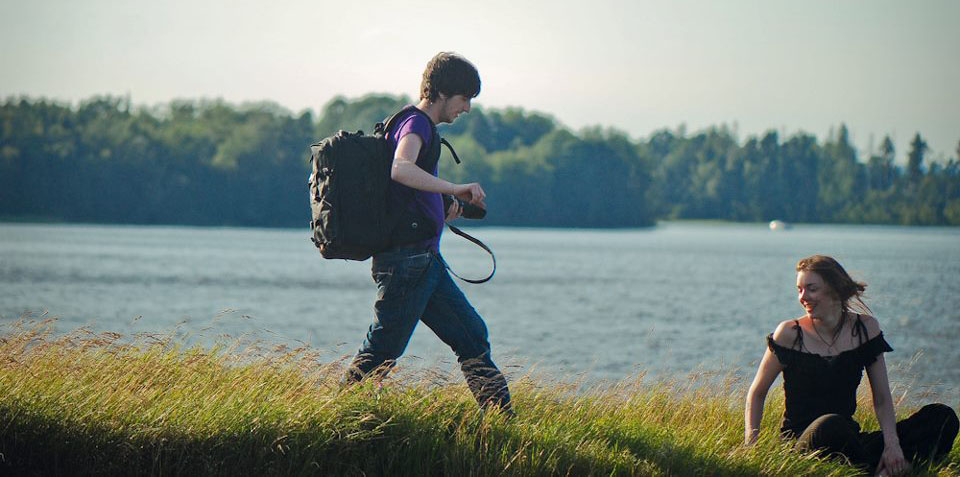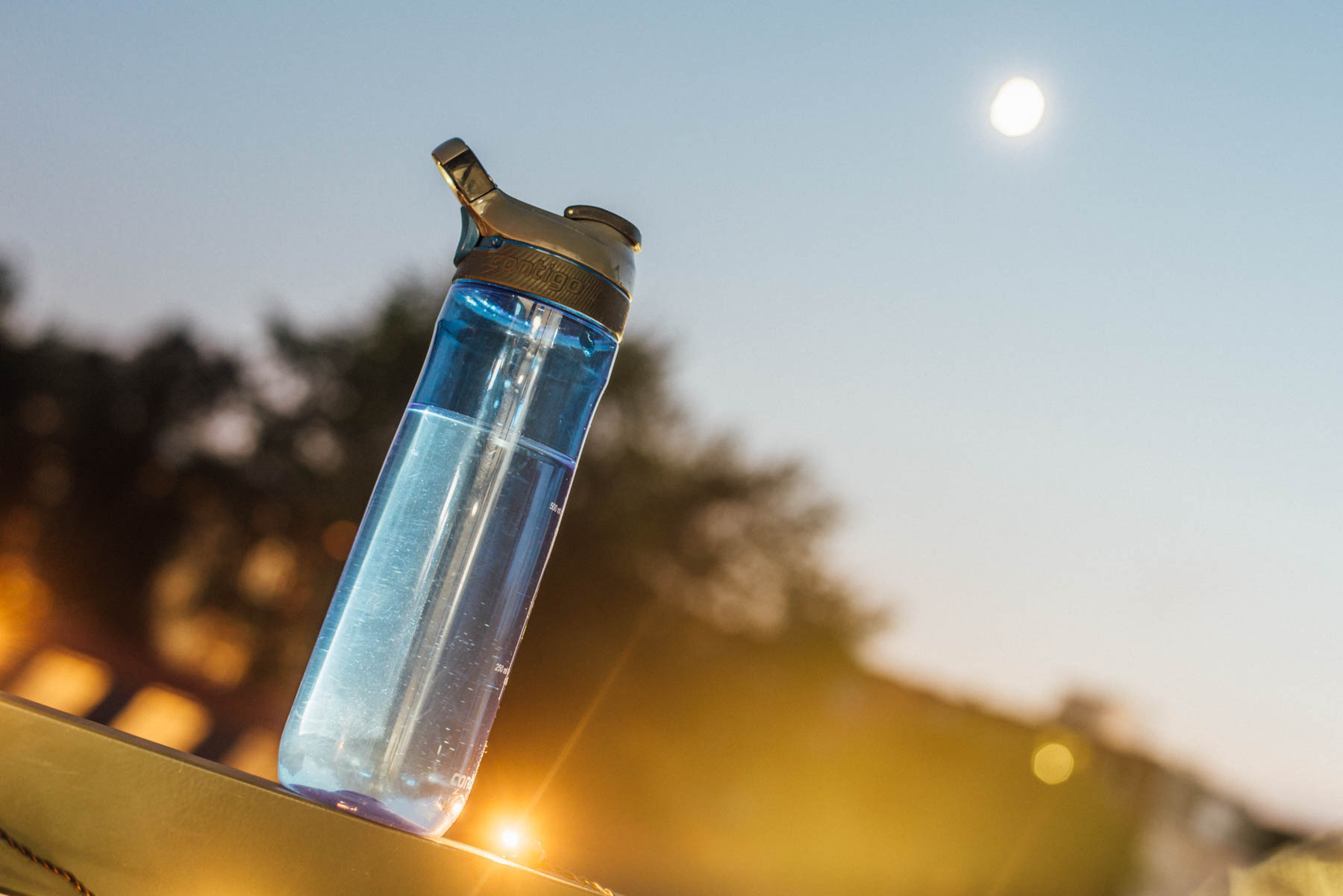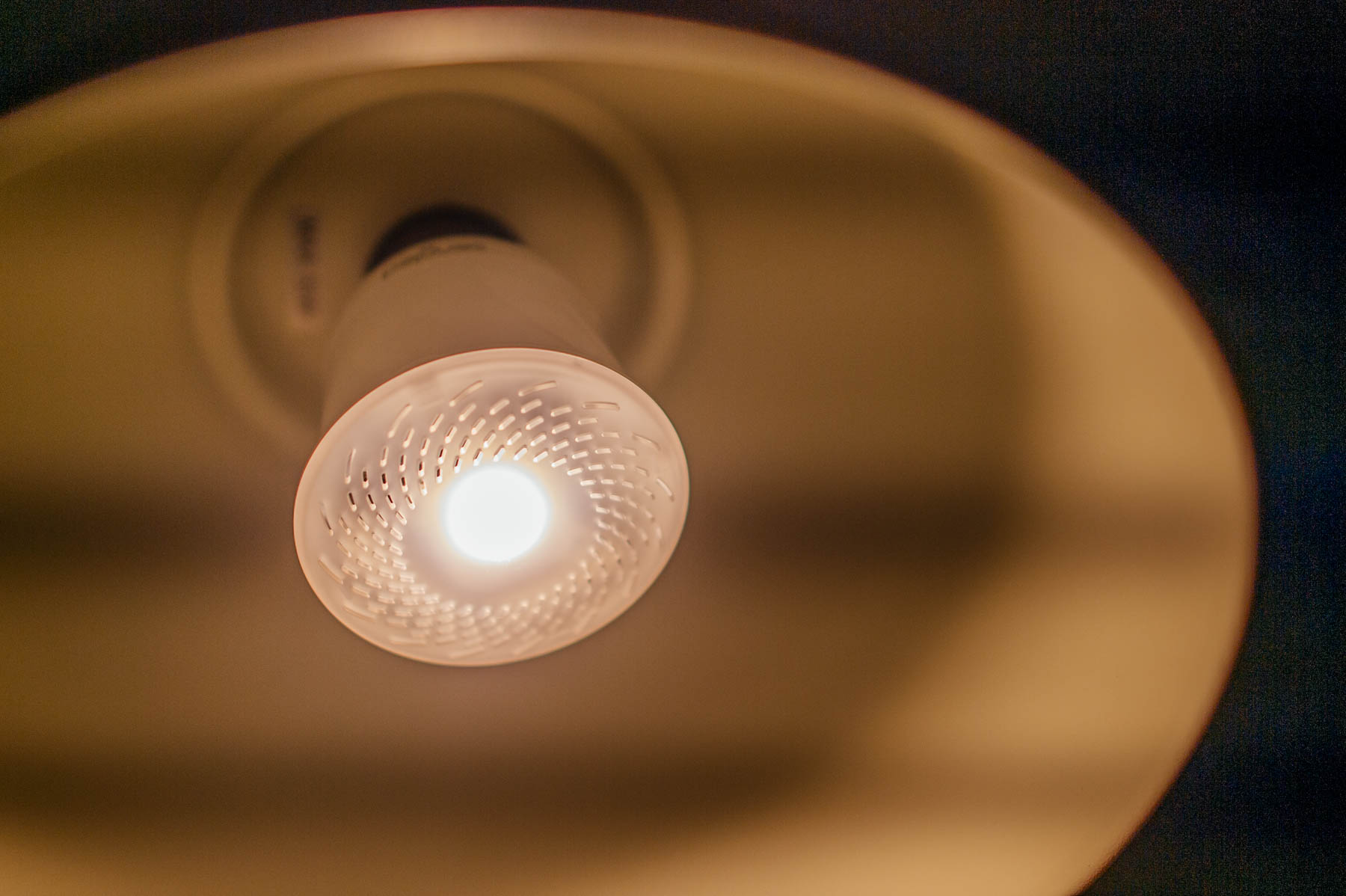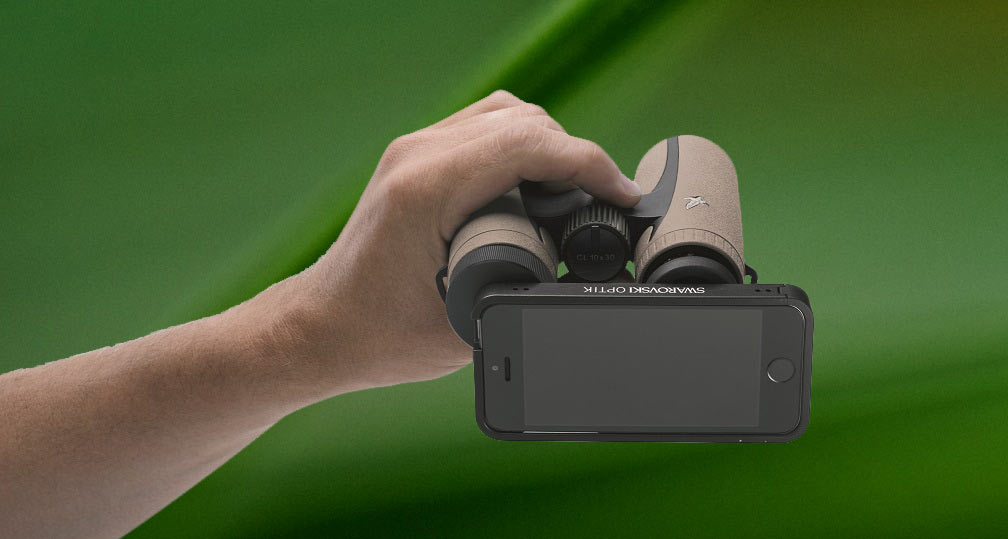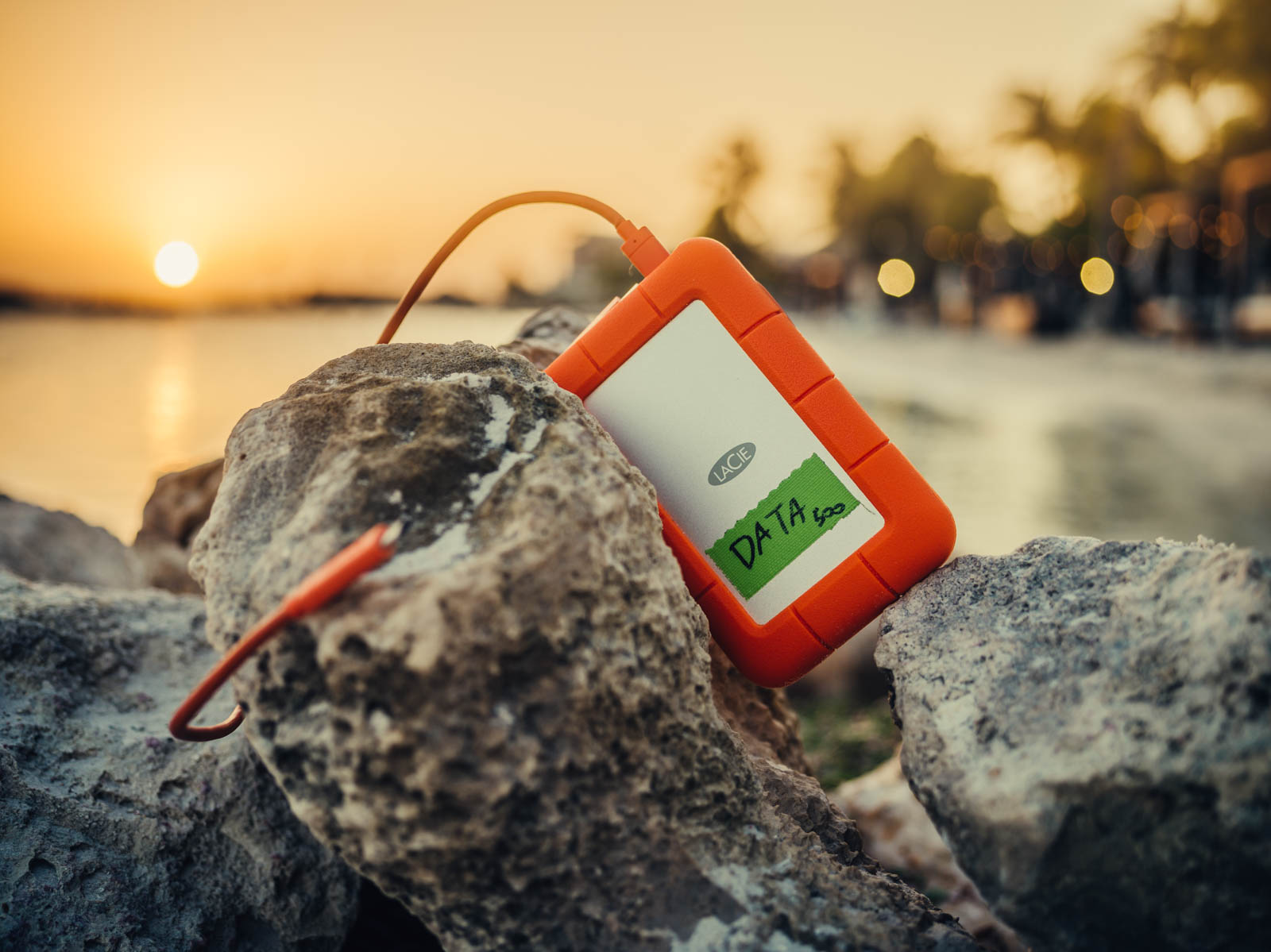
Ugh, who really cares about storage? It’s one of those necessary evils that no-one wants to think about. Yet, you should. If you get the message ‘Hard Drive Full”, it’s too late. If something breaks or gets stolen, the last thing you want to do is a soul-searching mission to find the answer to “where are my files right now?”.
An example of my past weeks may give you some inspiration about how to go about travel, work and effortless backup.
I spent the better part of May on two tropical islands in the Caribbean (Aruba and Curaçao) shooting wedding pictures during a freshly married couple’s honeymoon. Such a setting totally beats any local park by the way, including all bridges and swans. Under the warm sun, in blue water and with fresh mojitos within arm’s length, I had the ability to create without any stress. I knew that the images would be great, but more importantly, I was evenly sure that all my data would be safe. No matter what.
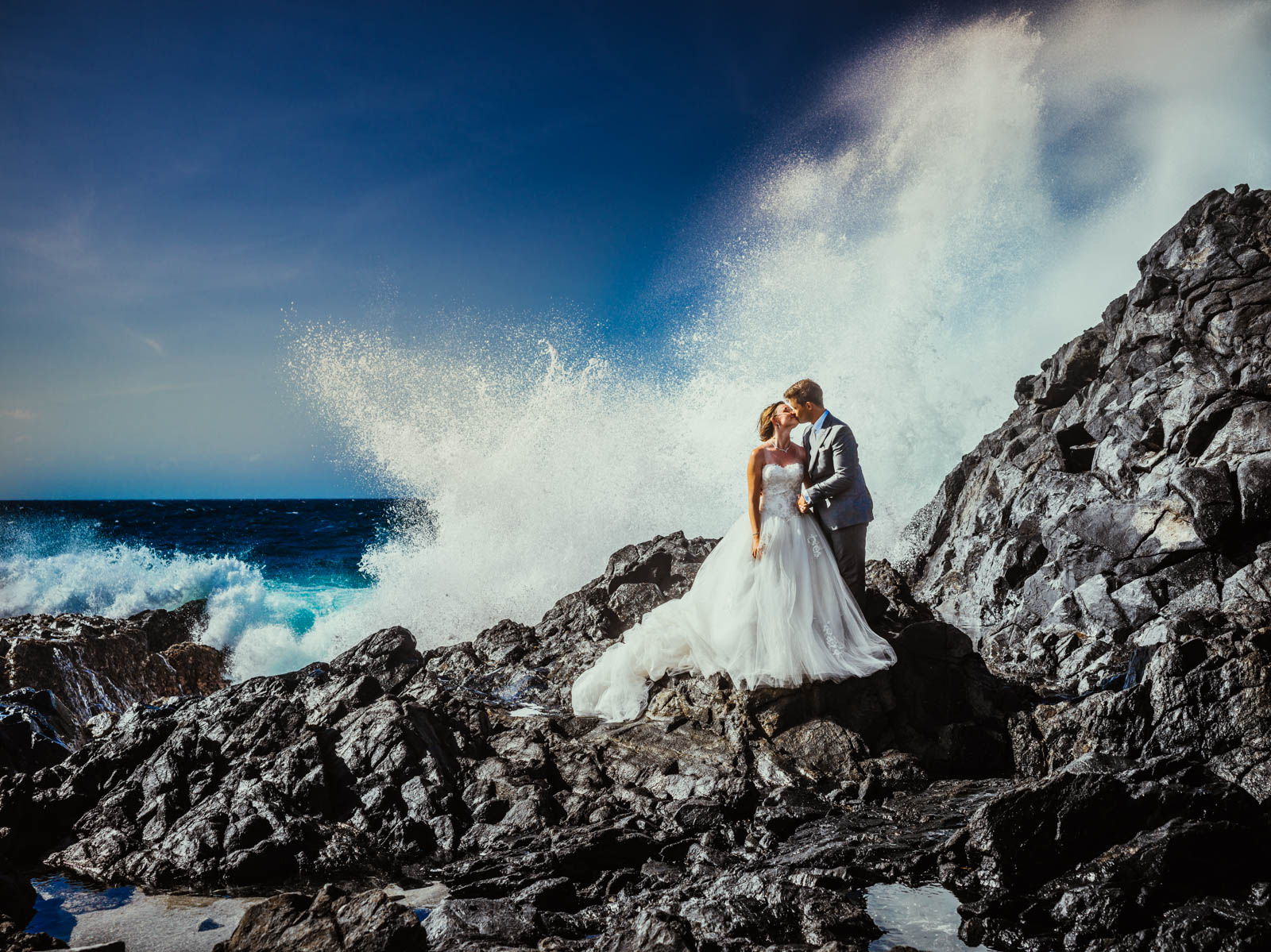
Every single bit and byte of data created got integrated into my regular workflow without a single hitch. But even if things had gone catastrophically wrong, I wouldn’t have lost anything. How?
First of all, I shot on a single camera: my Hasselblad X1D-50C. Every picture lived on my 256 GB SD card. Even with 100 MB RAW files, I could keep shooting for hours. On top, there was a second overflow SD card. As soon as each shoot was finished, every file got captured in a clean Lightroom catalog on the pretty brilliant LaCie Rugged USB-C 500GB SSD.
The orange bumper isn’t just a protective cover, it’s almost like a trademark for the LaCie portable drives. Ordinarily I use two LaCie Rugged Thunderbolt 2 250 GBB SSD drives, but for this trip I got to review the 500 GB version.
So what’s new? First of all, it has a USB-C port, as well as the built in Thunderbolt 2 cable. This feature alone makes up for the price of the disk since it allows me to work on the drive on both my 2017 MacBook Pro with Thunderbolt 3 and my 2013 Mac Pro that still runs on Thunderbolt 2. There’s no need for dongles or adapters.
It’s also faster. Over a Thunderbolt 2 connection, you get a 27% speedboost (366 MB/s) in write speed compared to the previous generation (287 MB/s). But over Thunderbolt 3 you get a 65% speed increase in write speed (475 MB/s). Read speed goes from 379 MB/s to a whopping 506 MB/s. So a single 51 Megapixel Hasselblad photo is transferred in 120 milliseconds! Impressive!
But mind you, just having a photo on an external hard drive is NOT a back-up. For this you need at least two copies in two locations.
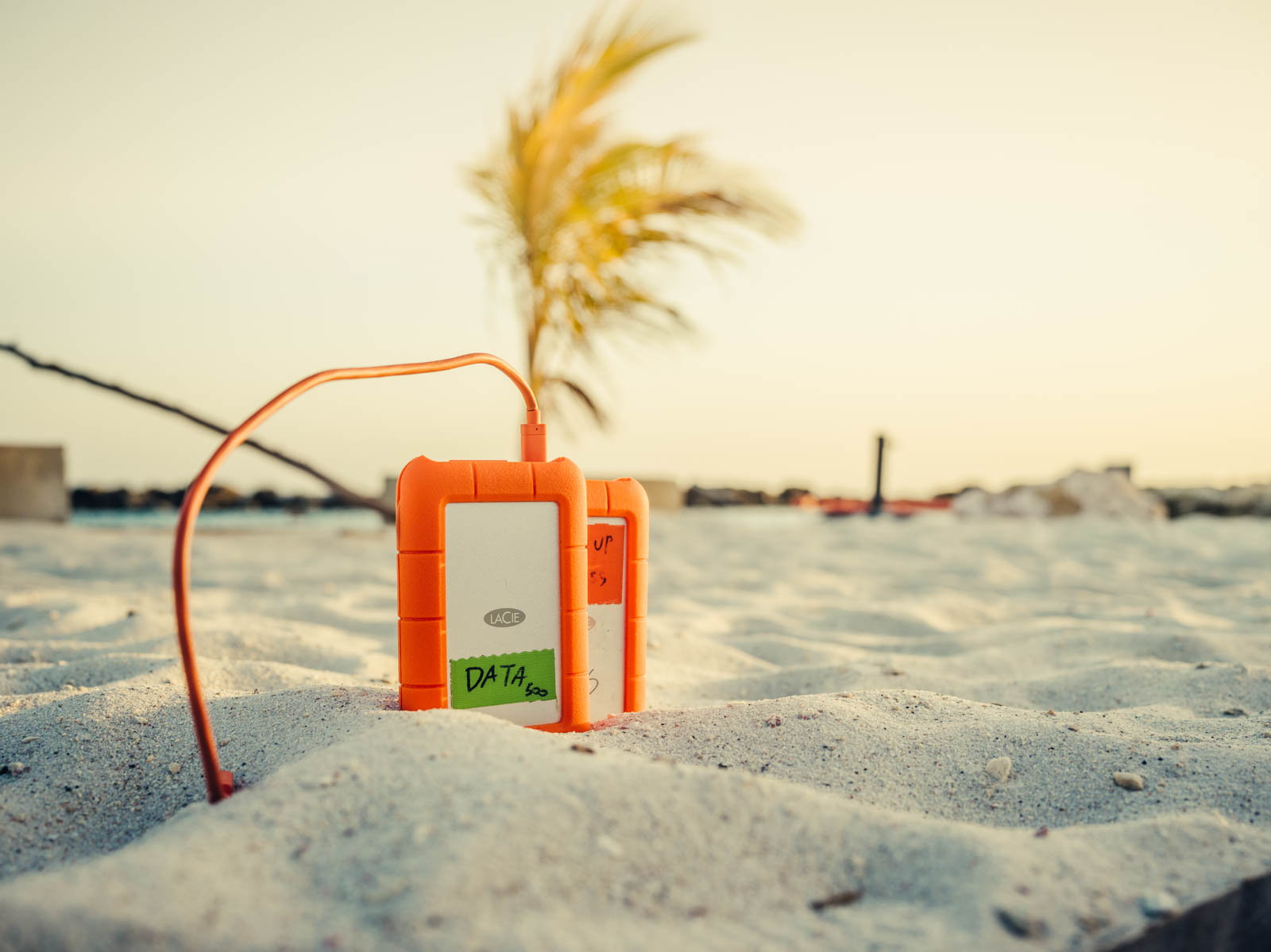
That’s where my two LaCie Rugged Thunderbolt 2 drives come in. I transfered an identical copy of my Lightroom library and RAW files to my first backup drive. I used Carbon Copy Cloner for this task. Each time both drives got connected, they copied all data, keeping everything safe. It was this back-up drive that traveled with us where ever we’d go while my MacBook Pro and Data drive were locked in the hotel safe.
The second backup drive was used as a Time Machine drive for the rest of the data on my MacBook Pro. It wasn’t absolutely necessary since all of my other data resided in the cloud anyway. But it’s nice to have the option to quickly restore a file system if the available WiFi connection isn’t stable.
But then I hear you say: your back-up drive is only half the size of your data drive. Isn’t it supposed to be the other way round? You are absolutely, positively correctomundo! But since speed was key, I decided to use the newest drive as my main Data drive and the older drive as a copy. If my data had gone beyond 250 GB, I would have wiped my second back-up drive, and used that to back-up all extra data.
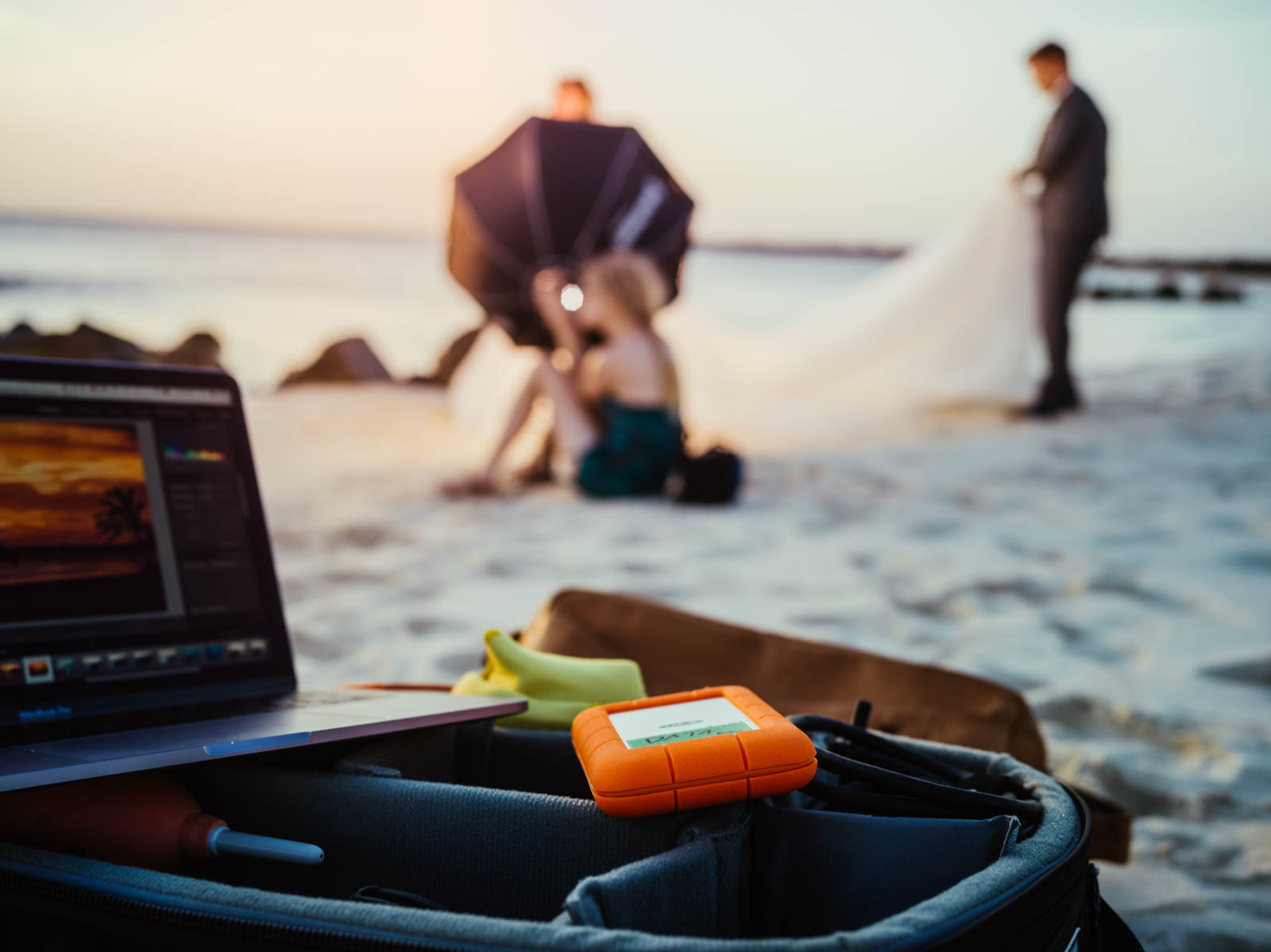
As soon as I got back home, I plugged in my data drive, and imported my new Lightroom catalog into my master Lightroom catalog, which by now spans over 300.000 photos. Since I also used Lightroom Mobile to upload my iPhone photos, they too got immediately synced back to my master catalog.
This way everything was safe as long as we ourselves would be safe. We kept the drives on us throughout the entire travels, and even on the plane everything was kept separated. The only way things would have been even safer, is if I could have made an online copy. But for now that isn’t really an option over hotel WiFi.
So after this extensive personal try-out, I stand my opinion on the LaCie Rugged SSD drives: if you work on the road, these drives are as rugged as they can make ‘em. And they have a very enjoyable design on top. So I can’t wait to see where LaCie takes them next. Waterproof perhaps?
If you have a MacBook Pro with Thunderbolt 3, we can full-heartedly recommend the LaCie Rugged USB-C 500GB SSD.
LaCie provided Bad Republic with a review unit for the purpose of this review.

